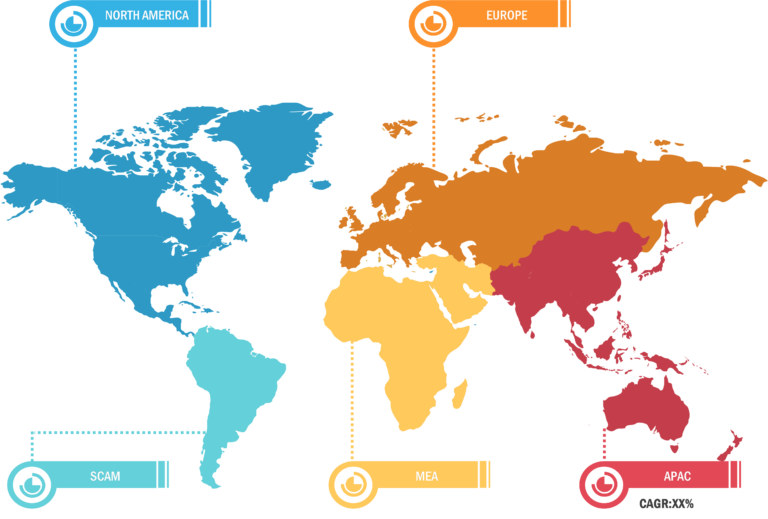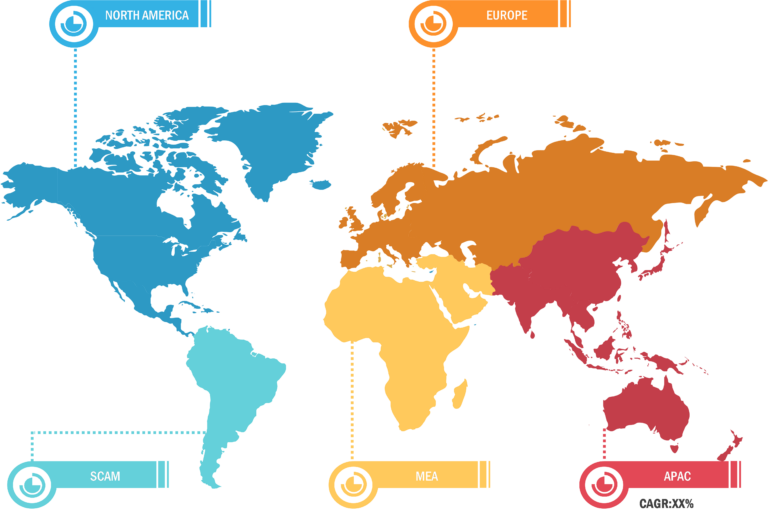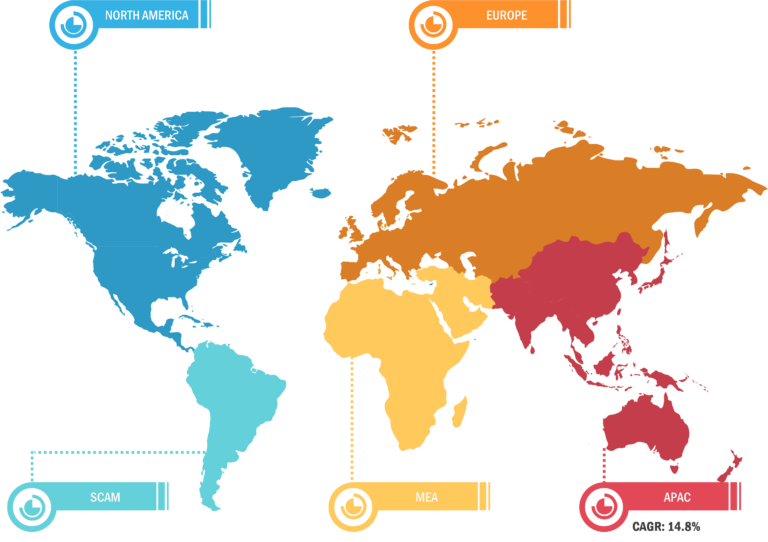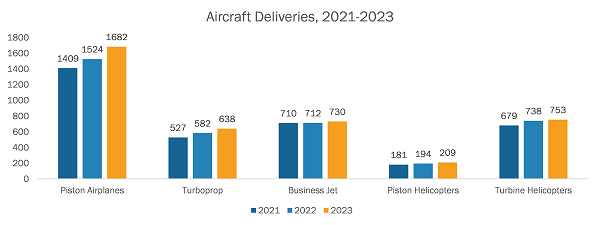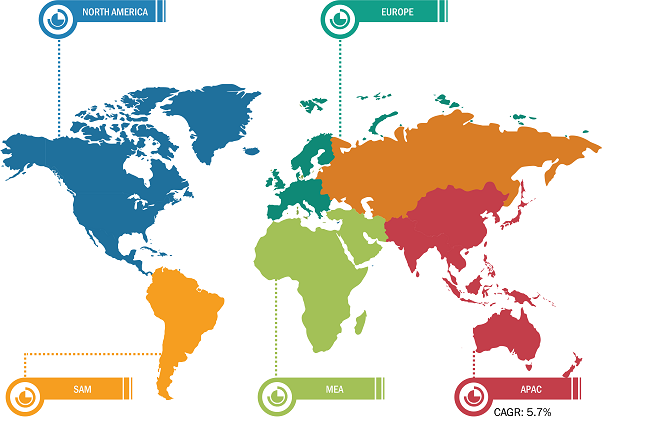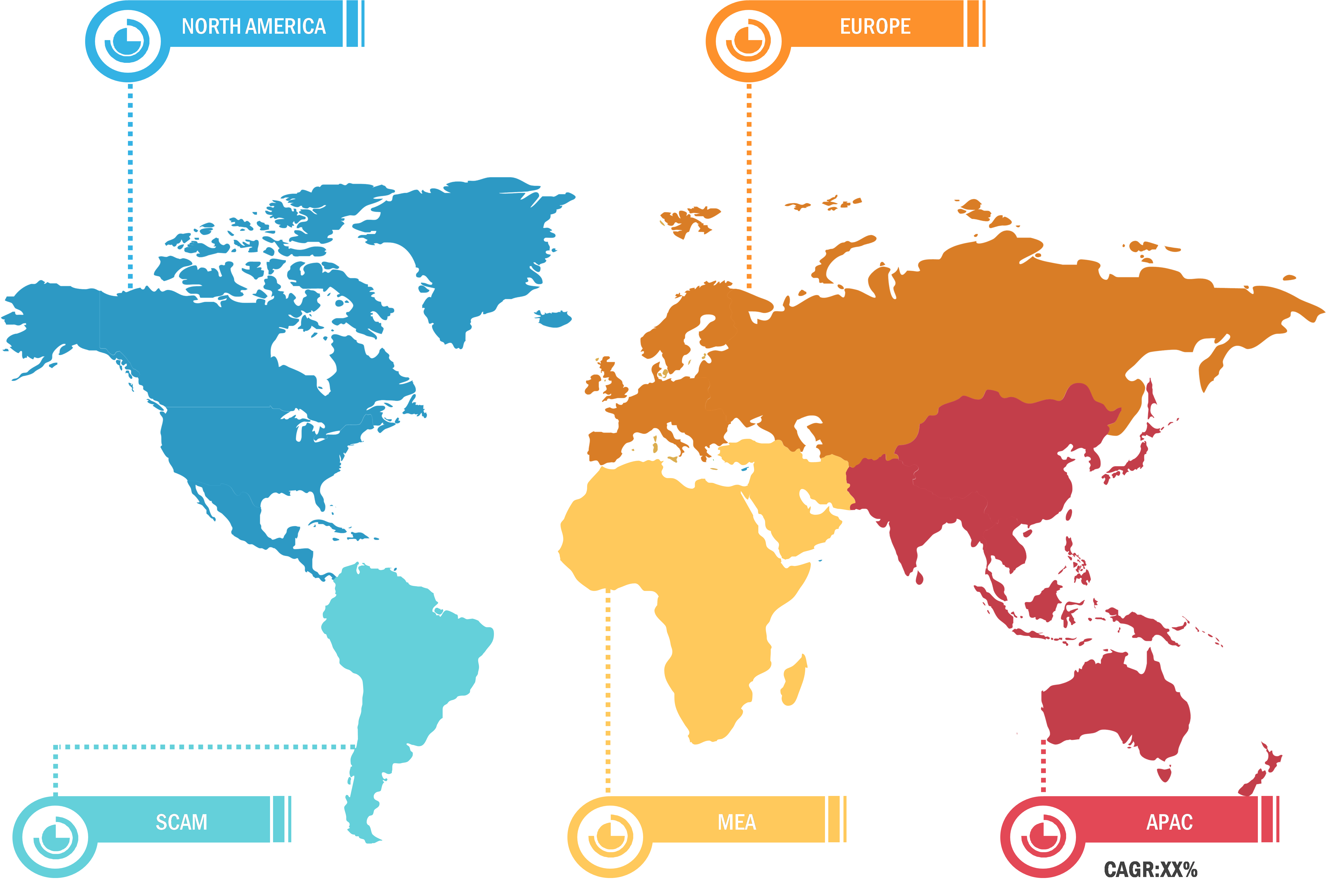
Positive Airway Pressure Devices Market
The increasing demand for positive airway pressure devices and the growing shift toward home healthcare are contributing to the growing positive airway pressure devices market size. However, product recalls hamper the market growth. Nevertheless, the positive airway pressure devices market trends are likely to be driven due to technological advancements in the coming years.
Technological Advancements to Bring New Trends in Positive Airway Pressure Devices Market During Forecast Period
Historically, sleep apnea was managed using CPAP machines, lifestyle modifications, and surgical procedures. However, new developments in sleep apnea treatment technology are transforming the diagnosis, tracking, and treatment. The management of sleep apnea has become more convenient, practical, and comfortable due to the development of cutting-edge diagnostic tools, inventive treatment devices, and remote monitoring capabilities. The technological developments are likely to improve the lives of people with sleep apnea. For example, the SleepStyle CPAP is renowned for its integrated humidifier and user-friendly interface. This has a smartphone app for compliance and monitoring, as well as Bluetooth connectivity. The small and lightweight Somnetics Transcend 3 Mini CPAP features cutting-edge noise-cancelling technology. In order to anticipate apnea episodes during sleep, NovaResp Technologies Inc. is creating an artificial intelligence (AI)-enabled CPAP algorithm to work with any CPAP, including the device that the company is currently developing.
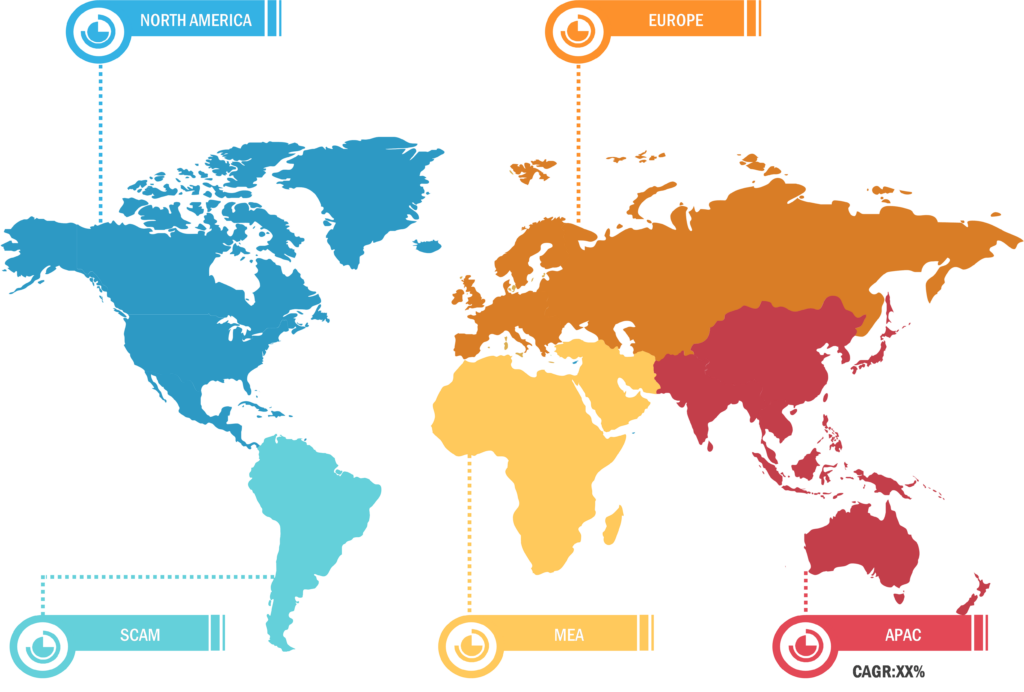
These innovations are expanding the market and giving businesses a competitive edge in managing respiratory conditions such as sleep apnea and foreseen to witness high adoption rates.
The geographic scope of the positive airway pressure devices market report covers North America (the US, Canada, and Mexico), Europe (Spain, the UK, Germany, France, Italy, and the Rest of Europe), Asia Pacific (South Korea, China, India, Japan, Australia, and the Rest of Asia Pacific), South & Central America (Brazil, Argentina, and the Rest of South & Central America), and the Middle East & Africa (South Africa, Saudi Arabia, the UAE, and the Rest of Middle East & Africa). The market in North America is driven by factors such as an increase in the demand for positive airway pressure device procedures, significant healthcare infrastructure, and early adoption of technological advancements. The US is the largest and fastest-growing market for positive airway pressure devices. The US is the largest PAP devices market in the world and is estimated to dominate the global market during the forecast period. The PAP devices market growth in the US is driven by the availability of advanced healthcare infrastructure, an increase in the number of sleep apnea disorders, and innovative products introduced by key players operating in the market. For instance, ResMed offers a wide range of devices for sleep apnea, such as AirMini, AirSense 10 CPAP, and AirSense 10 Elite. The company also sponsors various studies for the treatment of sleep apnea.
Further, the PAP devices market in the US is anticipated to grow during the forecast period owing to the rising approval of technologically advanced products in the market. For instance, in April 2024, researchers at the University of Cincinnati developed a new solution and technology called VortexPAP. It uses a different type of airflow and offers various fits for the device.
The rising prevalence of obstructive sleep apnea and the growing geriatric population in Canada propel the demand for PAP devices in the country. According to the Conference Board of Canada, the percentage of seniors in the Canadian population will rise from 16.9% in 2018 to 21.0% by 2028. Obstructive sleep apnea is a common disorder reported among elderly people; thus, there is significant demand for PAP devices in Canada to treat the condition.
Further, government and private organizations are providing financial assistance to reduce the price barrier and promote PAP therapy. For instance, the Winnipeg Regional Health Authority does co-payment for CPAP therapy equipment. New and replacement CPAP machines will cost patients US$ 500. This co-payment model will lead to savings of nearly US$ 4.9 million annually for the health authority in Canada.
Similarly, the Ministry of Health and long-term care-assistive devices program covers CPAP machines and equipment costs. Canadian Home Healthcare Inc. is among the various organizations in Canada that provide financial assistance for the purchase of CPAP devices. These initiatives undertaken by the Canadian government, as well as the prevalence of sleep disorders in the country, are expected to drive the market of PAP devices during the forecast period.
The positive airway pressure devices market analysis has been carried out by considering the following segments: product type, application, end user, and geography.
• Based on product type, the market is segmented into CPAP devices, APAP devices, and BiPAP devices.
• By application, the market is categorized into chronic obstructive pulmonary disease, obstructive sleep apnea, and respiratory distress.
• In terms of end user, the market is categorized into hospitals, ambulatory surgical centers, and home care rehabilitation centers.
Positive Airway Pressure Devices Market: Competitive Landscape and Key Developments
ICU Medical Inc, React Health (Formely 3B Medical, Inc), Fisher & Paykel Healthcare Corp Ltd, BPL Medical Technologies Pvt Ltd, Koninklijke Philips NV, ResMed Inc, Vyaire Medical Inc, Wellell Inc, Armstrong Medical Ltd, Löwenstein Medical UK Ltd., BMC Medical Co Ltd, Dragerwerk AG & Co KGaA, and Narang Medical Limited. are among the prominent players profiled in the positive airway pressure devices market report. In addition, several other players have been studied and analyzed during the study to get a holistic view of the market and its ecosystem. These companies focus on geographic expansions and new product launches to meet the increasing demand from consumers worldwide and diversify their product range in specialty portfolios. Their global presence allows them to serve a large customer base, subsequently facilitating market expansion.

